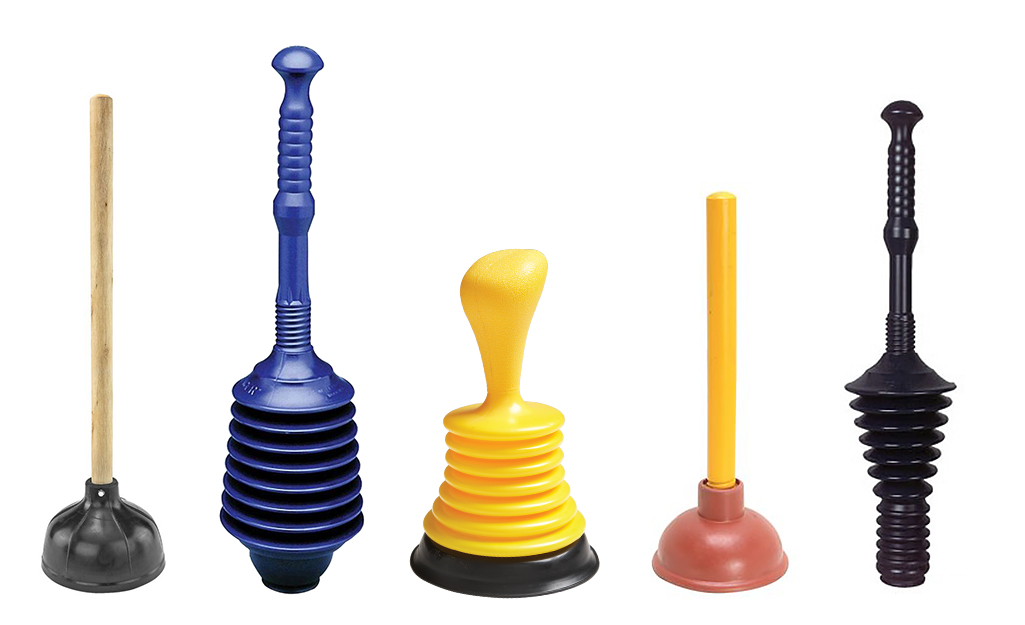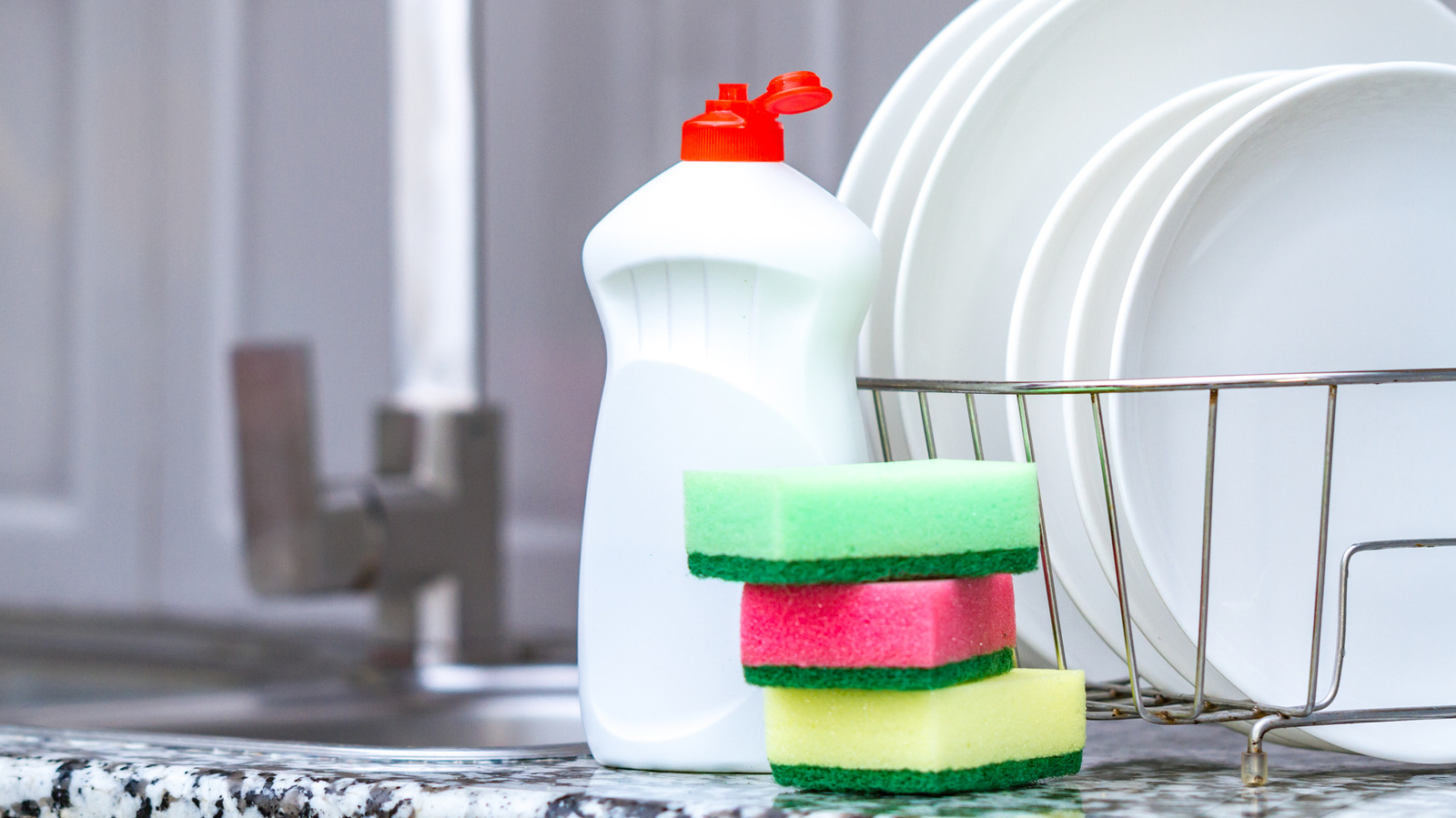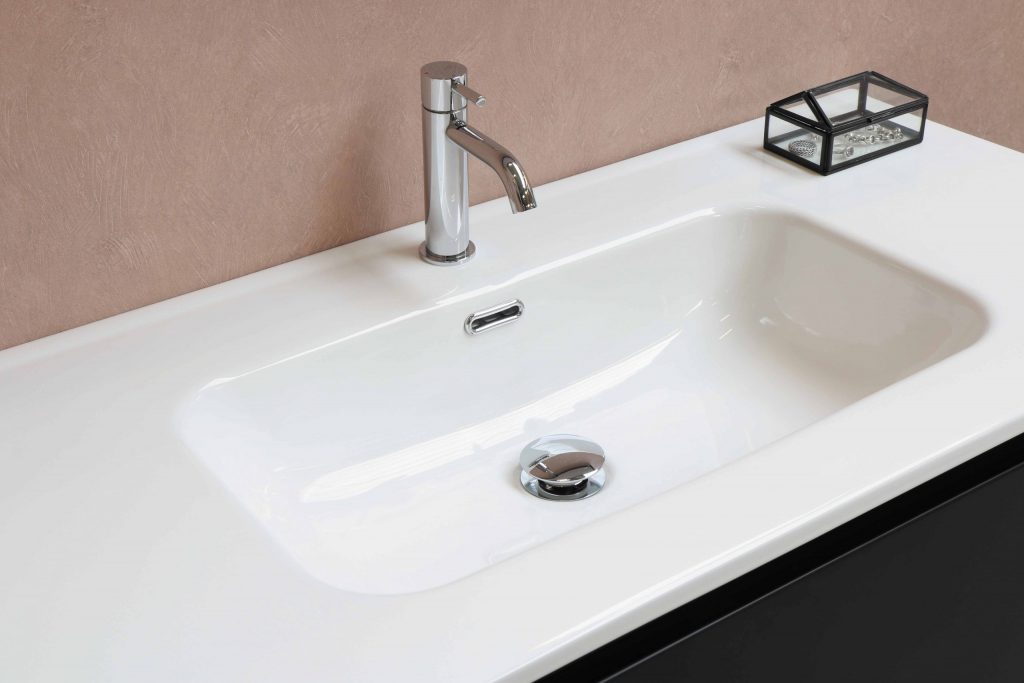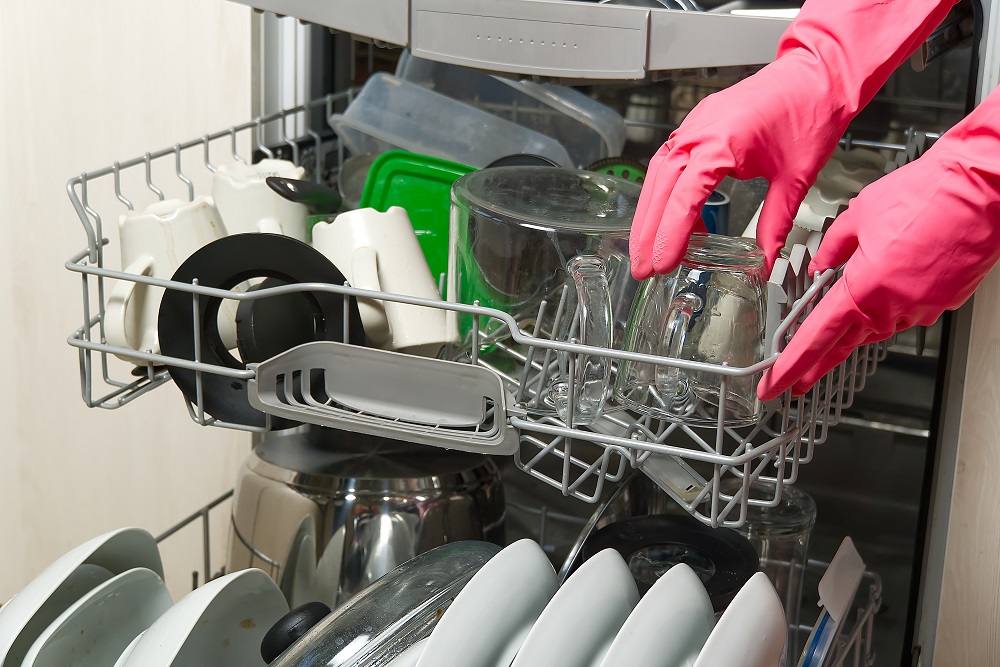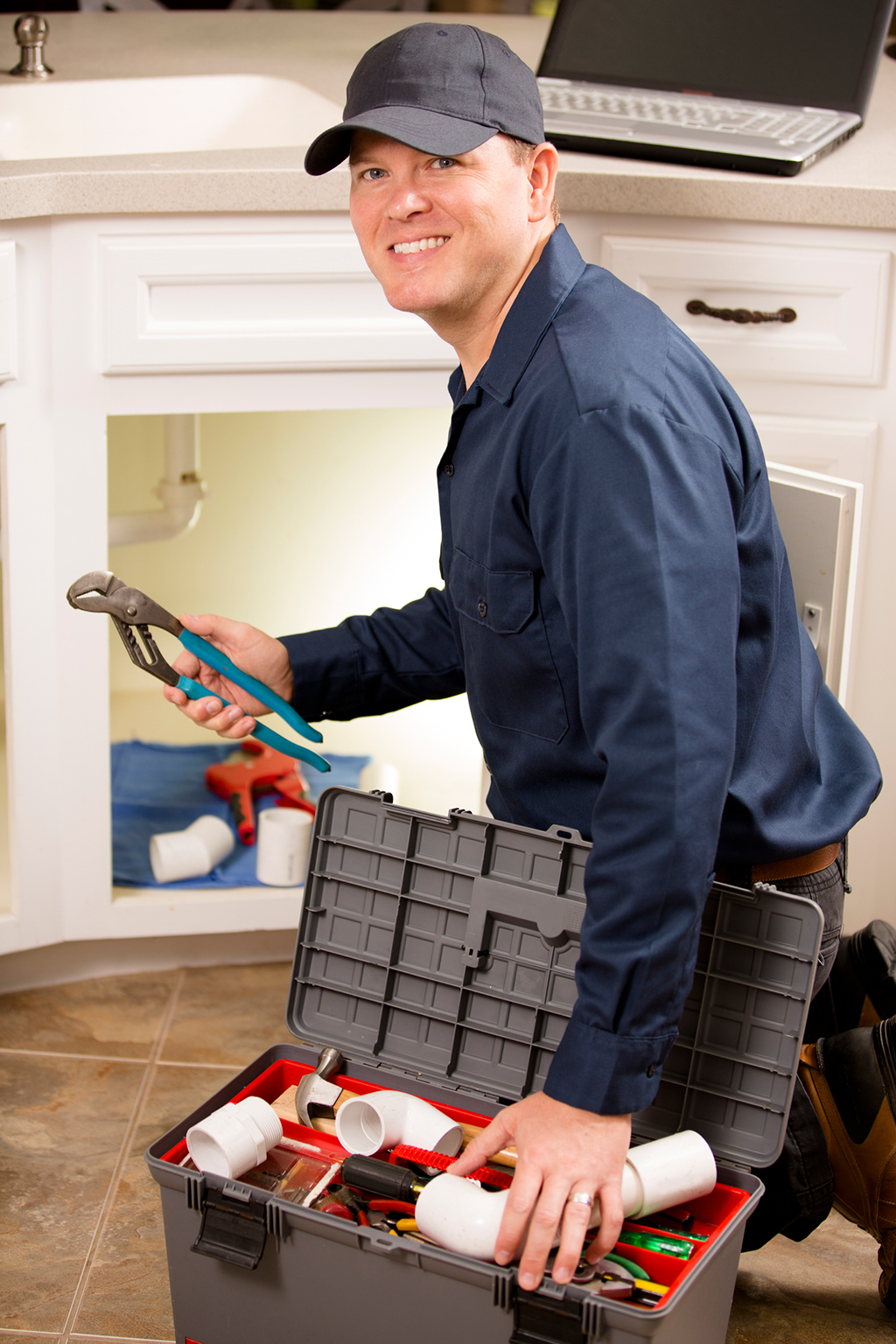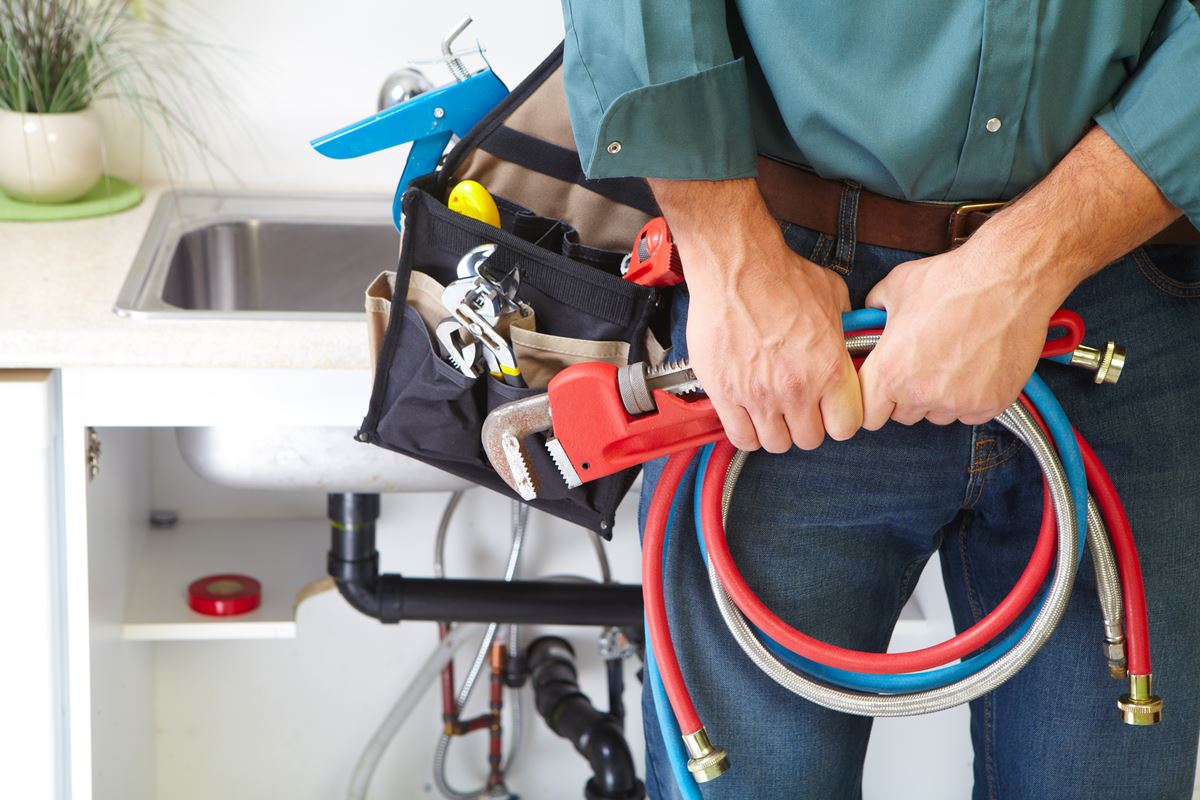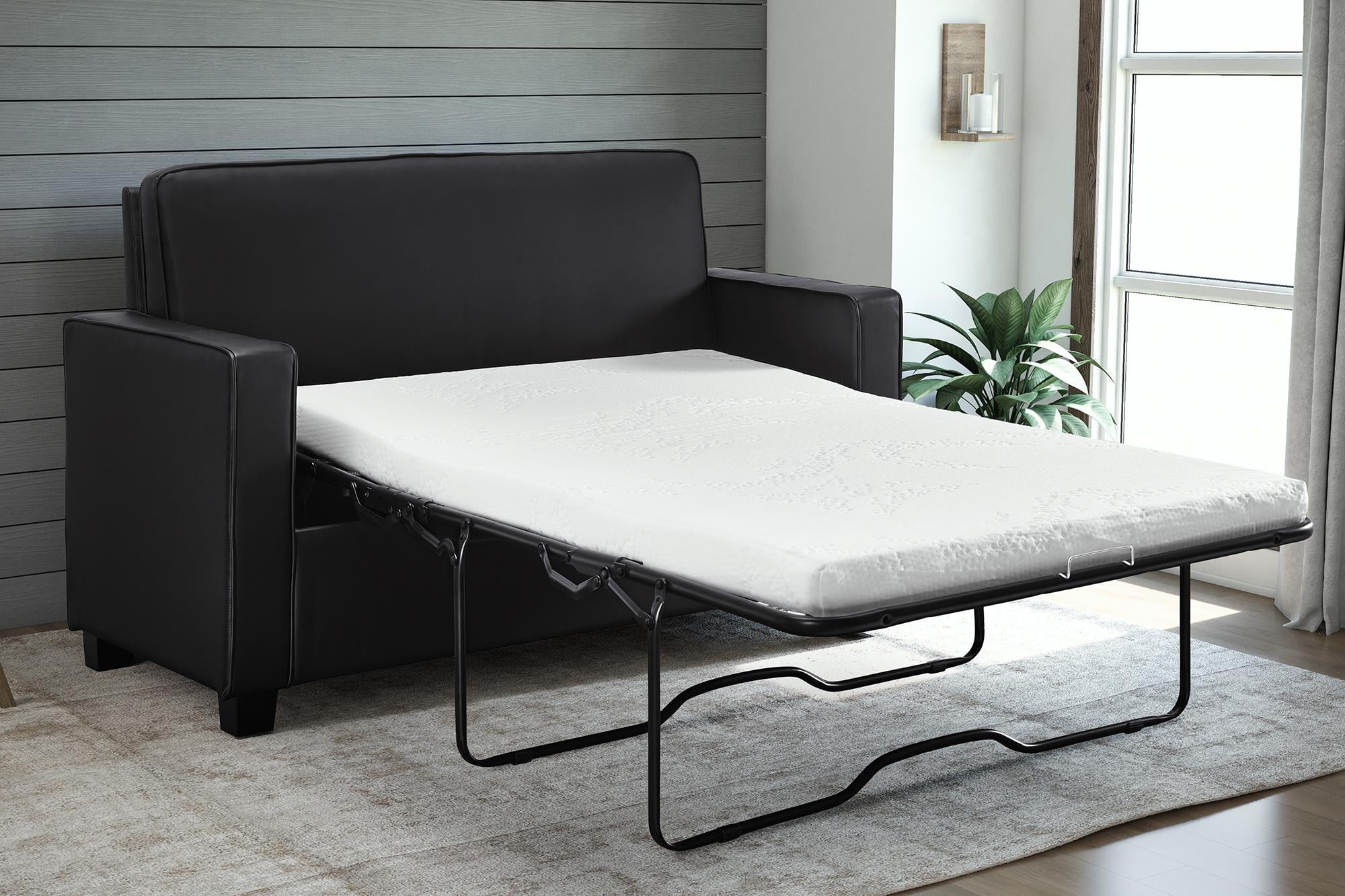If you notice that your kitchen sink is draining slowly or not at all, the first step to take is to use a plunger. This simple tool can be highly effective in removing clogs from your drain. Make sure to use a plunger specifically designed for sink drains, as it will have a smaller suction cup and can create a better seal on the drain. To use the plunger, place it over the drain and push down and up in a rapid motion. This will create suction and hopefully dislodge the clog. You may need to repeat this process a few times to fully clear the drain.1. Use a plunger to remove any clogs in the drain
If the plunger doesn't work, you can try pouring boiling water down the drain. This can help loosen and flush away any buildup that may be causing the clog. Boil a pot of water on the stove and carefully pour it down the drain in stages, allowing it to work for a few minutes before adding more. Be careful when handling boiling water and make sure to pour it slowly to avoid splashing. This method may not work for all types of clogs, but it can be effective for smaller ones caused by grease or soap scum.2. Pour boiling water down the drain to loosen and flush away any buildup
Baking soda and vinegar are two household items that can work wonders when it comes to cleaning and unclogging your kitchen sink drain. To use them, start by pouring 1/2 cup of baking soda down the drain, followed by 1/2 cup of vinegar. The mixture will fizz and bubble, which helps to break down any buildup in the drain. After letting the mixture sit for a few minutes, pour a pot of hot water down the drain to flush away the loosened debris. You can also cover the drain with a cloth or plug to help the mixture work more effectively.3. Create a mixture of baking soda and vinegar and pour it down the drain, followed by hot water
If the clog is more stubborn and cannot be cleared with a plunger or homemade solution, you may need to use a drain snake. Also known as a plumbing auger, this tool can be inserted into the drain and used to physically remove any debris or buildup that may be causing the clog. To use a drain snake, insert it into the drain and turn the handle clockwise while pushing it further into the drain. You may feel resistance when you reach the clog, so continue to turn and push until you break through it. Then, slowly pull the snake out and discard any debris that may have been caught on the end.4. Use a drain snake to physically remove any debris or buildup from the drain
If all else fails, you can try using a commercial drain cleaner to clear your kitchen sink drain. These products are specifically designed to break down clogs and can be effective in clearing stubborn ones. However, it's important to follow the instructions carefully and use protective gear, such as gloves and goggles, as drain cleaners can contain harsh chemicals. Commercial drain cleaners can be found at most hardware stores and supermarkets. Make sure to choose one that is safe for your type of drain and follow the manufacturer's instructions for best results.5. Use a commercial drain cleaner, following the instructions carefully
If your kitchen sink has a drain stopper or strainer, it's important to regularly remove and clean it to prevent clogs. These can become coated with food debris, grease, and soap scum, which can contribute to clogs in your drain. To clean them, simply remove them from the drain and scrub them with a mixture of warm water and dish soap. Rinse thoroughly before replacing them.6. Remove and clean the drain stopper or strainer
Another effective way to clean and deodorize your kitchen sink drain is to use a mixture of salt and baking soda. Mix equal parts of both ingredients and pour it down the drain, followed by hot water. The mixture will help to scrub away any grime or buildup inside the drain, leaving it clean and fresh. You can also use this mixture as a regular maintenance method to prevent future clogs in your drain. Simply pour it down the drain once a month and follow with hot water.7. Use a mixture of salt and baking soda to scrub the inside of the drain
As mentioned earlier, using a plunger can be an effective way to remove clogs in your kitchen sink drain. However, it's important to use a plunger specifically designed for sink drains, as these are smaller and can create a better seal on the drain. Using a larger plunger meant for toilets or showers may not be as effective. Investing in a sink-specific plunger can save you time and effort in the long run, as it will be more effective in clearing clogs and preventing them from happening again.8. Use a plunger specifically designed for sink drains
Grease and grime are common culprits when it comes to clogged kitchen sink drains. To prevent these substances from building up and causing a clog, you can use a combination of dish soap and hot water to flush them away on a regular basis. Add a few drops of dish soap to a pot of hot water and slowly pour it down the drain. The soap will help to break down and wash away any grease or grime that may be clinging to the walls of the drain.9. Use a combination of dish soap and hot water to flush away grease and grime
If you've tried all of the above methods and the clog in your kitchen sink drain still persists, it may be time to call a professional plumber. They have the experience and tools necessary to effectively clear tough clogs and repair any damage that may have been caused to your drain. Additionally, if you notice any signs of severe damage to your drain, such as leaks or strange odors, it's best to contact a plumber for assistance. Ignoring these issues can lead to more serious problems and costly repairs in the future. By following these 10 tips, you can effectively clean and maintain your kitchen sink drain, ensuring it stays clear and functional for years to come. Remember to regularly clean your drain stopper or strainer and use preventative methods, such as pouring hot water down the drain, to keep your kitchen sink drain running smoothly. With a little bit of effort, you can enjoy a clean and clog-free kitchen sink for all your cooking and cleaning needs.10. Consider hiring a professional plumber if the clog persists or the drain is severely damaged
Clean a Kitchen Sink Drain: A Must-Do for a Clean and Functional Kitchen

Why Is It Important to Clean Your Kitchen Sink Drain?
 The kitchen sink is one of the most used areas in a household. It's where we wash our dishes, fruits and vegetables, and even sometimes our hands. With all the food scraps, grease, and soap residue going down the drain, it's no wonder that the kitchen sink drain can become clogged and dirty over time. This can lead to unpleasant odors, slow drainage, and even potential health hazards. That's why it's crucial to regularly clean your kitchen sink drain to maintain a clean and functional kitchen.
The kitchen sink is one of the most used areas in a household. It's where we wash our dishes, fruits and vegetables, and even sometimes our hands. With all the food scraps, grease, and soap residue going down the drain, it's no wonder that the kitchen sink drain can become clogged and dirty over time. This can lead to unpleasant odors, slow drainage, and even potential health hazards. That's why it's crucial to regularly clean your kitchen sink drain to maintain a clean and functional kitchen.
How Often Should You Clean Your Kitchen Sink Drain?
 It's recommended to clean your kitchen sink drain at least once a month. However, if you have a garbage disposal, it's best to clean it every two weeks. This will prevent any buildup of food scraps and grease, which can cause clogs and unpleasant odors. If you notice that your drain is draining slowly or emitting a foul smell, it's a sign that it needs to be cleaned immediately.
It's recommended to clean your kitchen sink drain at least once a month. However, if you have a garbage disposal, it's best to clean it every two weeks. This will prevent any buildup of food scraps and grease, which can cause clogs and unpleasant odors. If you notice that your drain is draining slowly or emitting a foul smell, it's a sign that it needs to be cleaned immediately.
Step-by-Step Guide to Cleaning a Kitchen Sink Drain
 Step 1: Remove any visible debris
Start by removing any visible debris such as food scraps or hair from the surface of the drain. You can use a pair of tongs or a small brush to do this. Make sure to dispose of the debris in a trash can and not down the drain.
Step 2: Pour boiling water down the drain
Boil a pot of water and carefully pour it down the drain. The hot water will help melt and loosen any grease or residue buildup in the drain.
Step 3: Create a baking soda and vinegar mixture
Mix 1/2 cup of baking soda with 1/2 cup of white vinegar in a measuring cup. The mixture will fizz and bubble, which helps to loosen any stubborn debris in the drain.
Step 4: Pour the mixture down the drain
Carefully pour the baking soda and vinegar mixture down the drain. Let it sit for 10-15 minutes to allow the mixture to work its magic.
Step 5: Rinse with hot water
After 10-15 minutes, pour another pot of boiling water down the drain to rinse away the baking soda and vinegar mixture.
Step 6: Use a plunger
If your drain is still clogged, you can use a plunger to try and dislodge any remaining debris. This is especially helpful for stubborn clogs caused by food scraps.
Step 7: Clean the drain stopper and overflow
Lastly, don't forget to clean the drain stopper and overflow. These areas can also collect dirt and debris, which can contribute to a clogged drain.
Step 1: Remove any visible debris
Start by removing any visible debris such as food scraps or hair from the surface of the drain. You can use a pair of tongs or a small brush to do this. Make sure to dispose of the debris in a trash can and not down the drain.
Step 2: Pour boiling water down the drain
Boil a pot of water and carefully pour it down the drain. The hot water will help melt and loosen any grease or residue buildup in the drain.
Step 3: Create a baking soda and vinegar mixture
Mix 1/2 cup of baking soda with 1/2 cup of white vinegar in a measuring cup. The mixture will fizz and bubble, which helps to loosen any stubborn debris in the drain.
Step 4: Pour the mixture down the drain
Carefully pour the baking soda and vinegar mixture down the drain. Let it sit for 10-15 minutes to allow the mixture to work its magic.
Step 5: Rinse with hot water
After 10-15 minutes, pour another pot of boiling water down the drain to rinse away the baking soda and vinegar mixture.
Step 6: Use a plunger
If your drain is still clogged, you can use a plunger to try and dislodge any remaining debris. This is especially helpful for stubborn clogs caused by food scraps.
Step 7: Clean the drain stopper and overflow
Lastly, don't forget to clean the drain stopper and overflow. These areas can also collect dirt and debris, which can contribute to a clogged drain.
Preventative Measures for a Clean Kitchen Sink Drain
:max_bytes(150000):strip_icc()/freshen-and-unclog-drain-with-baking-soda-1900466-22-bbf940b70afa4d5abef0c54da23b1d3f.jpg) To prevent your kitchen sink drain from getting clogged in the future, here are some tips to keep in mind:
- Avoid pouring grease, oil, and coffee grounds down the drain.
- Use a drain strainer to catch food scraps and hair.
- Run hot water down the drain after each use to help melt and flush away any residue.
- Regularly clean your garbage disposal by grinding ice cubes and lemon peels.
- Use a natural enzyme cleaner once a month to keep your drain clean and free from odors.
To prevent your kitchen sink drain from getting clogged in the future, here are some tips to keep in mind:
- Avoid pouring grease, oil, and coffee grounds down the drain.
- Use a drain strainer to catch food scraps and hair.
- Run hot water down the drain after each use to help melt and flush away any residue.
- Regularly clean your garbage disposal by grinding ice cubes and lemon peels.
- Use a natural enzyme cleaner once a month to keep your drain clean and free from odors.
In Conclusion
 Cleaning your kitchen sink drain may not be the most glamorous task, but it's essential for maintaining a clean and functional kitchen. By following these simple steps and implementing preventative measures, you can ensure that your kitchen sink drain stays clog-free and smelling fresh. So, make sure to add cleaning your kitchen sink drain to your monthly cleaning routine for a happy and healthy kitchen.
Cleaning your kitchen sink drain may not be the most glamorous task, but it's essential for maintaining a clean and functional kitchen. By following these simple steps and implementing preventative measures, you can ensure that your kitchen sink drain stays clog-free and smelling fresh. So, make sure to add cleaning your kitchen sink drain to your monthly cleaning routine for a happy and healthy kitchen.






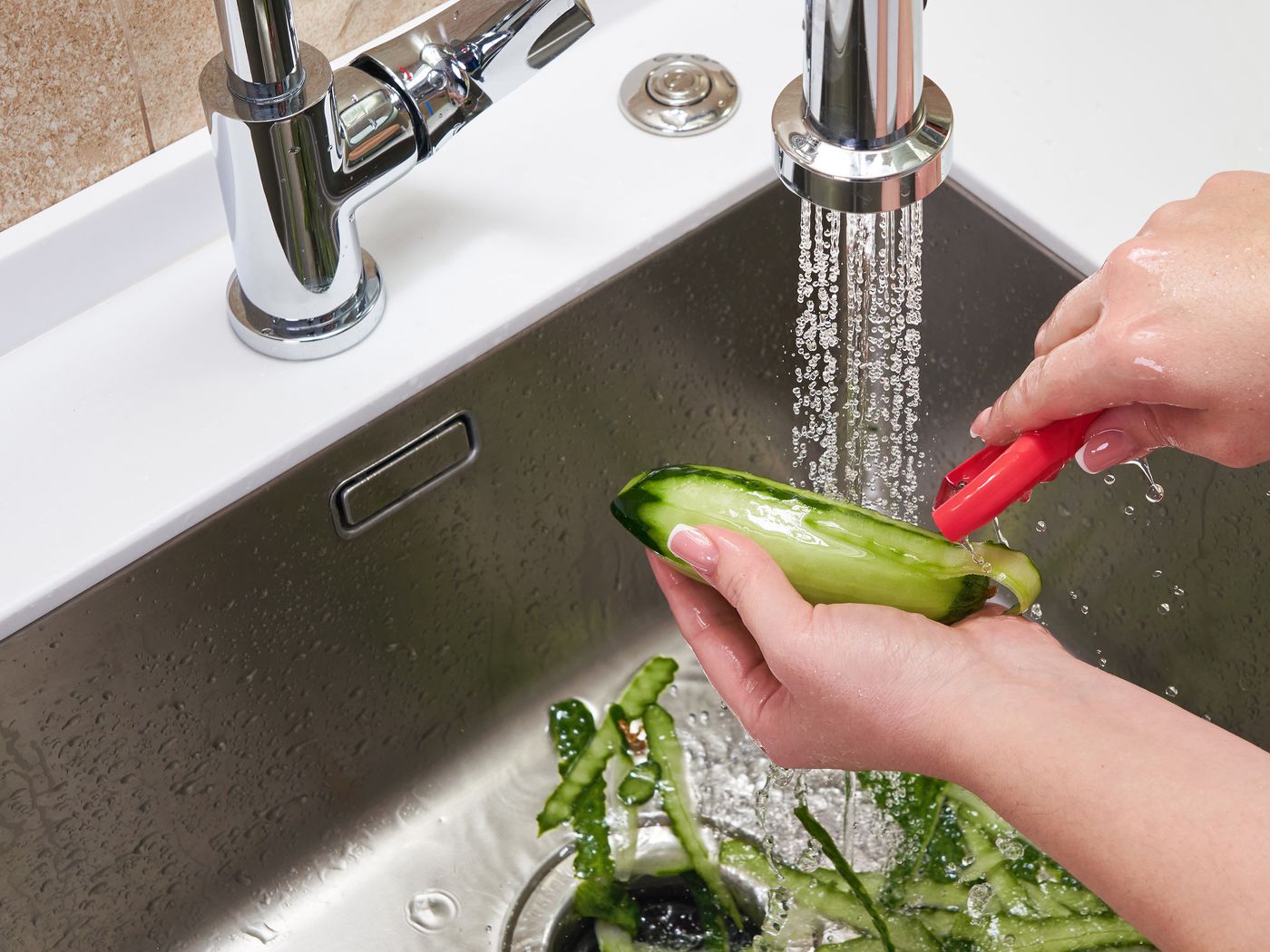

:max_bytes(150000):strip_icc()/toilette-plunger--92314164-873564a34a3441058f00a8d6fc1f0441.jpg)
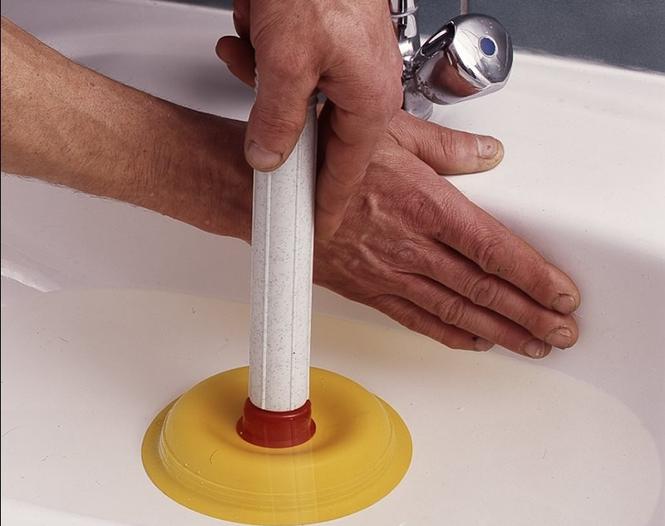
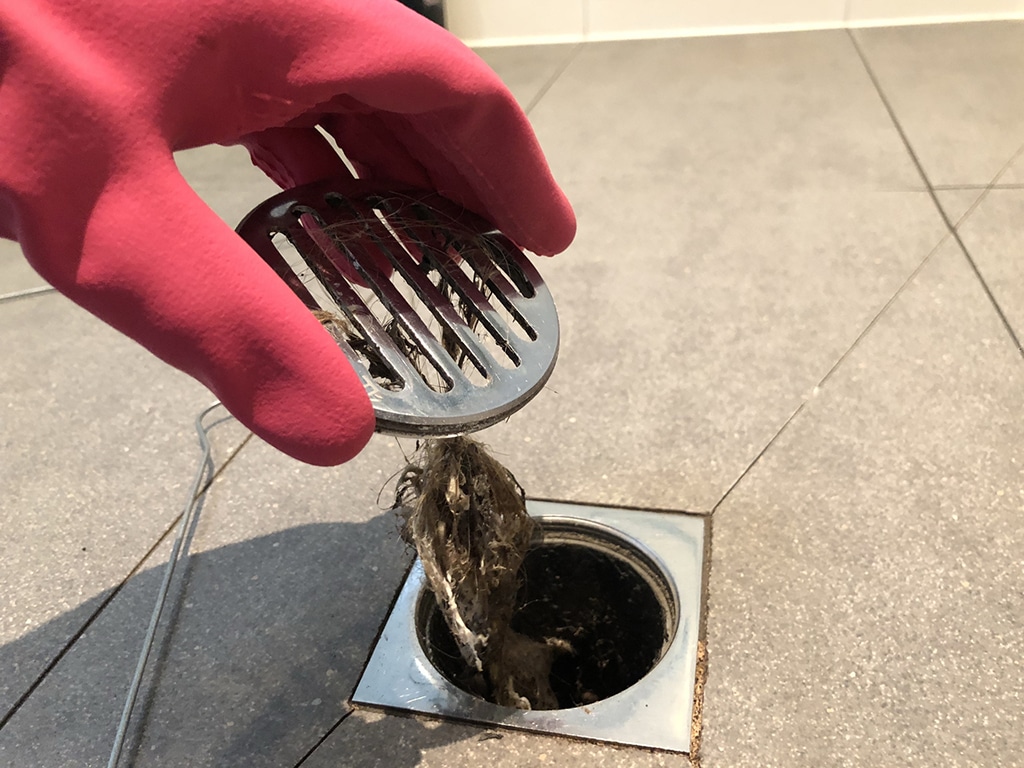



.jpg?time=1689761045394)

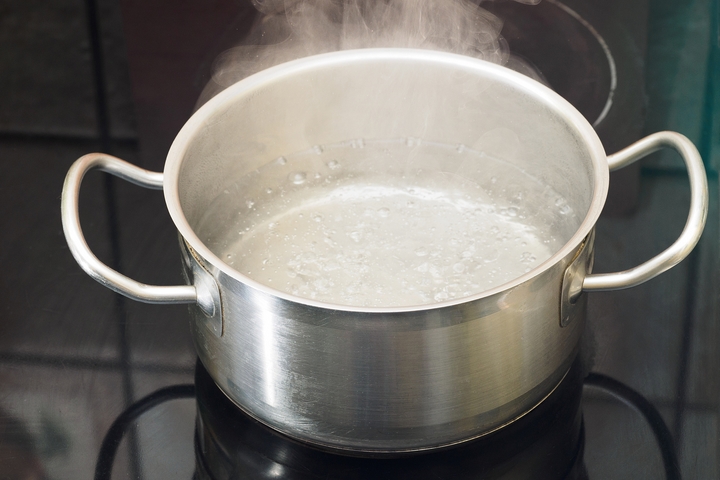

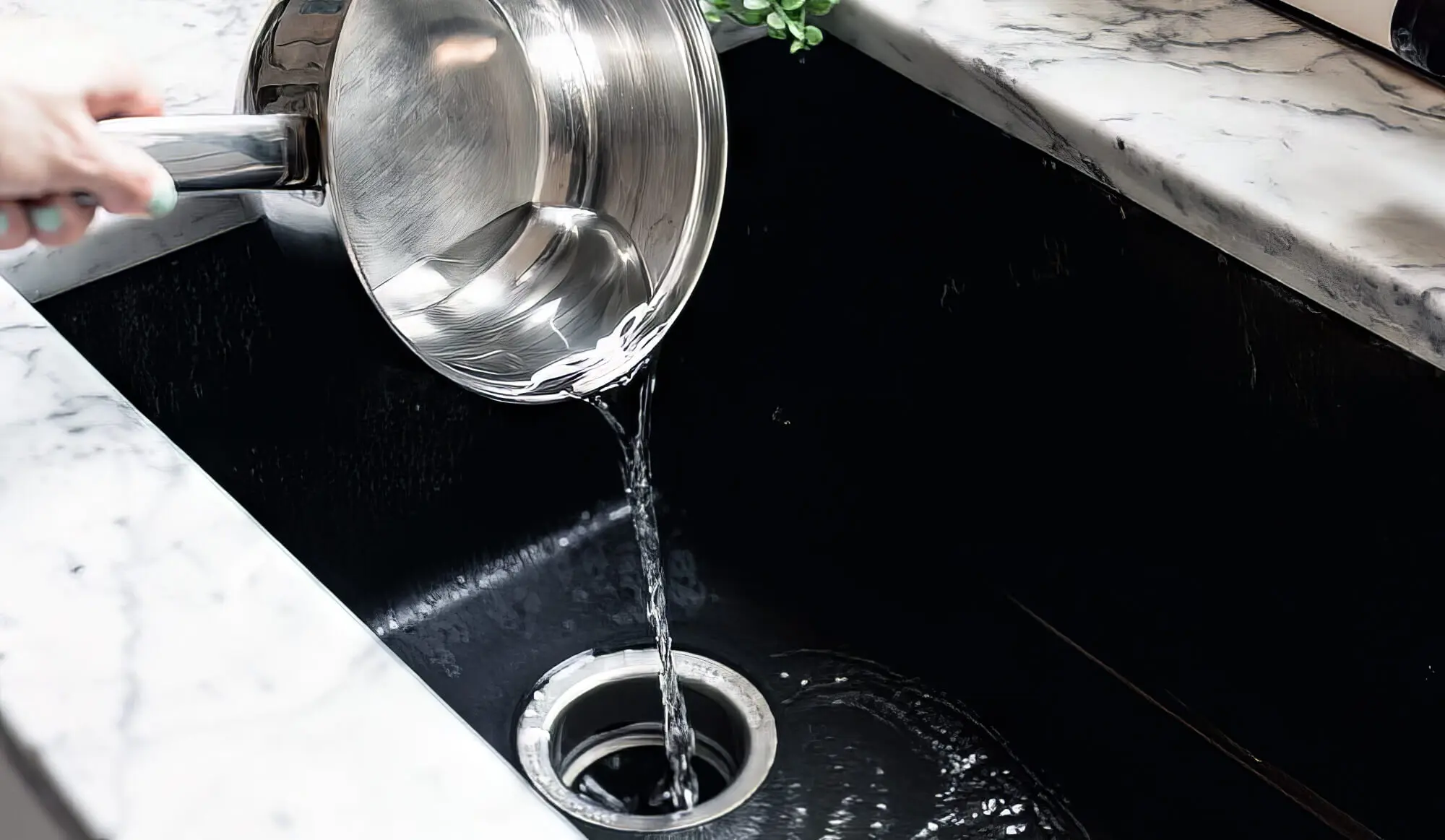

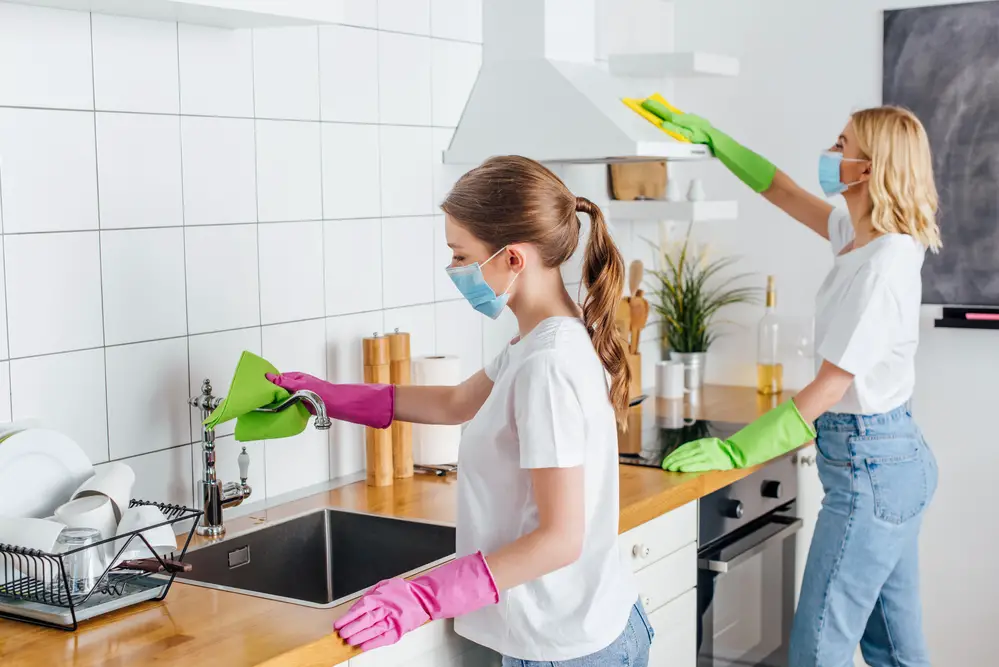


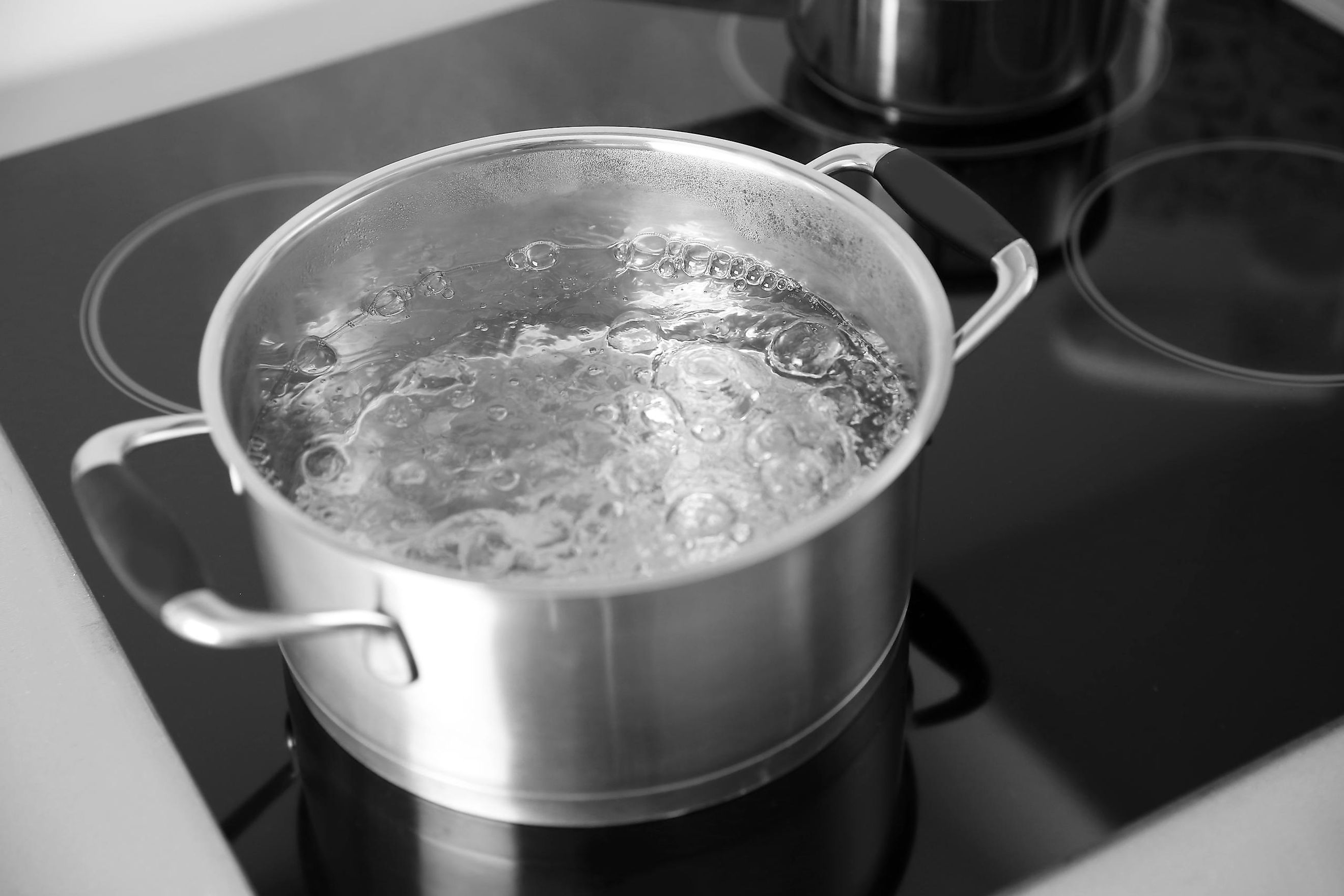






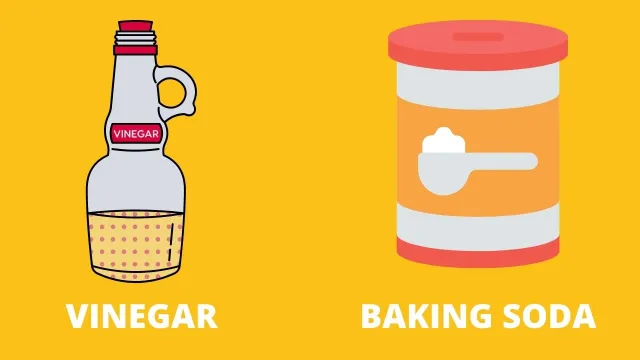
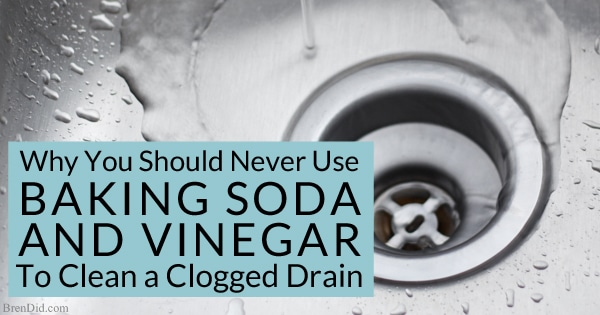


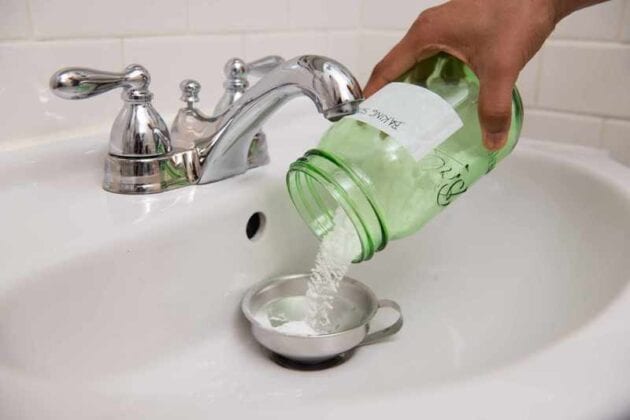
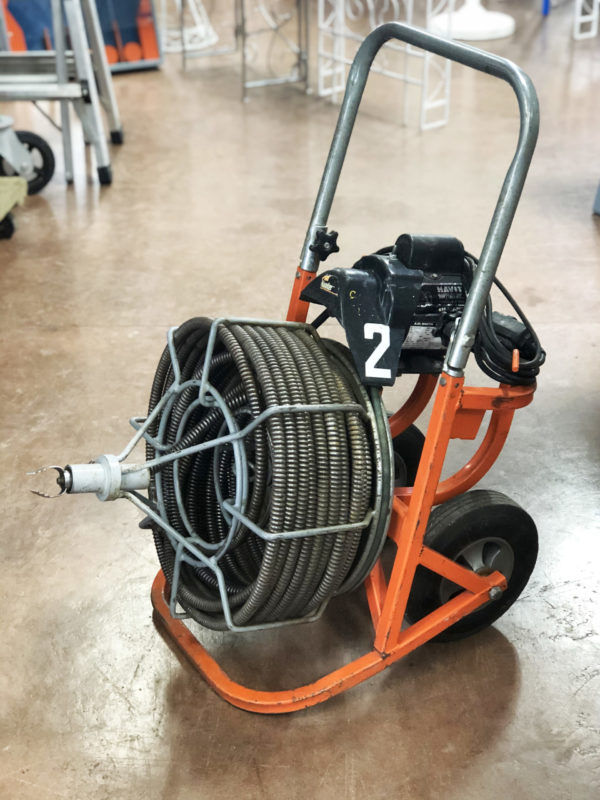












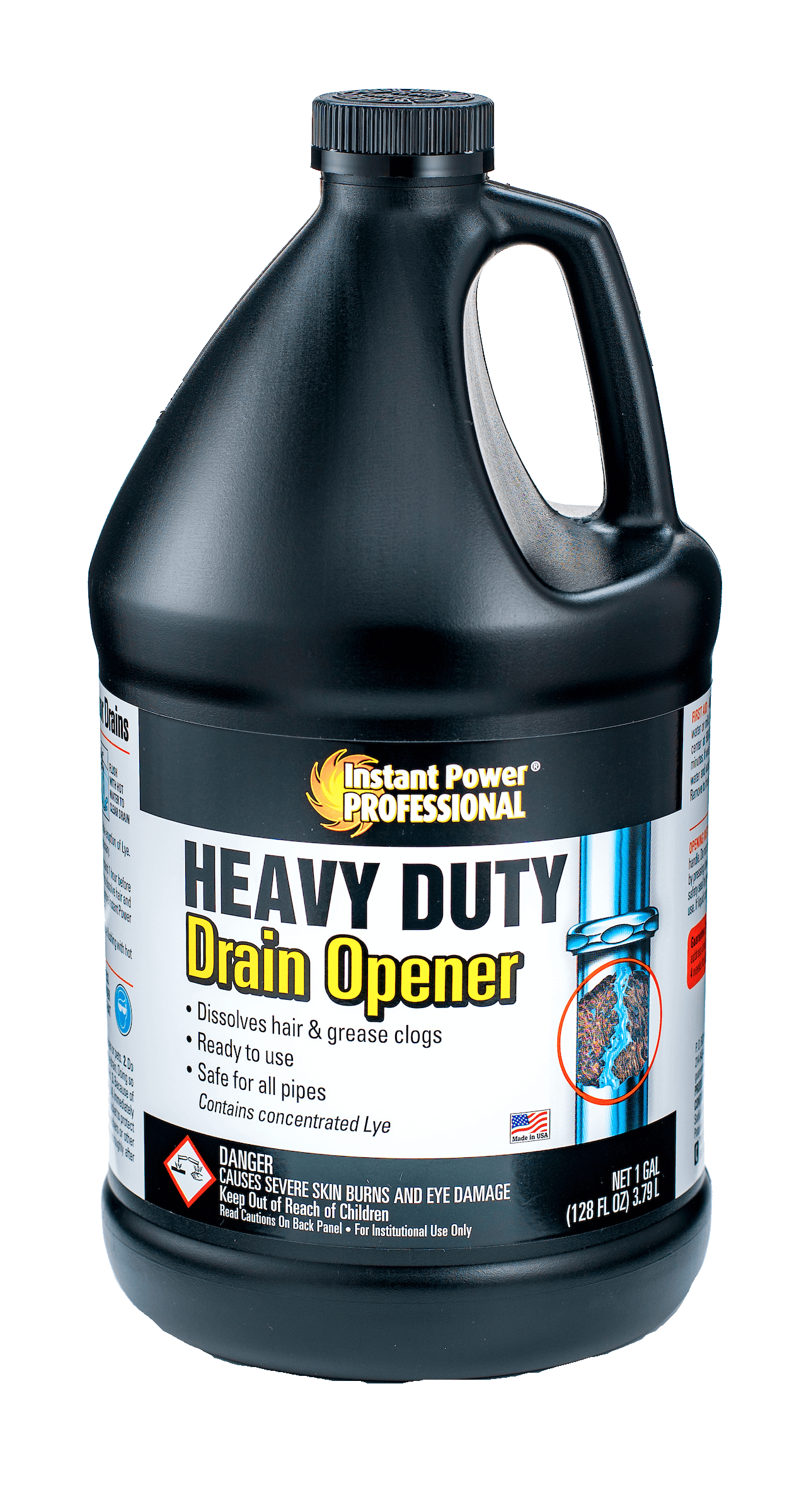



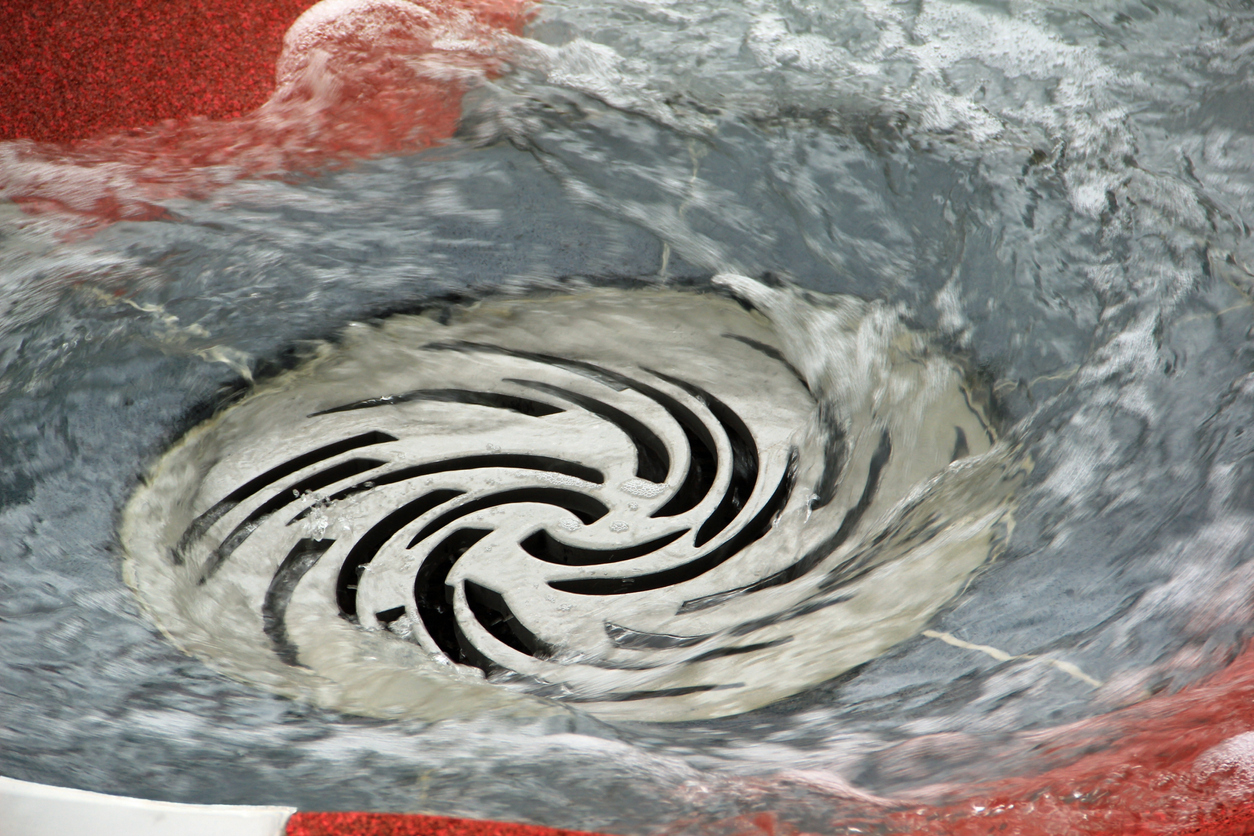
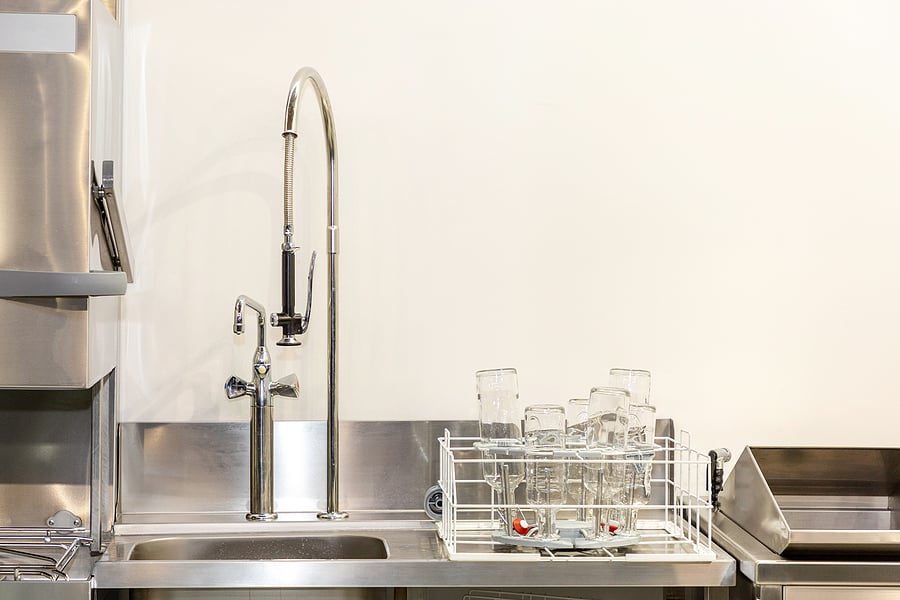

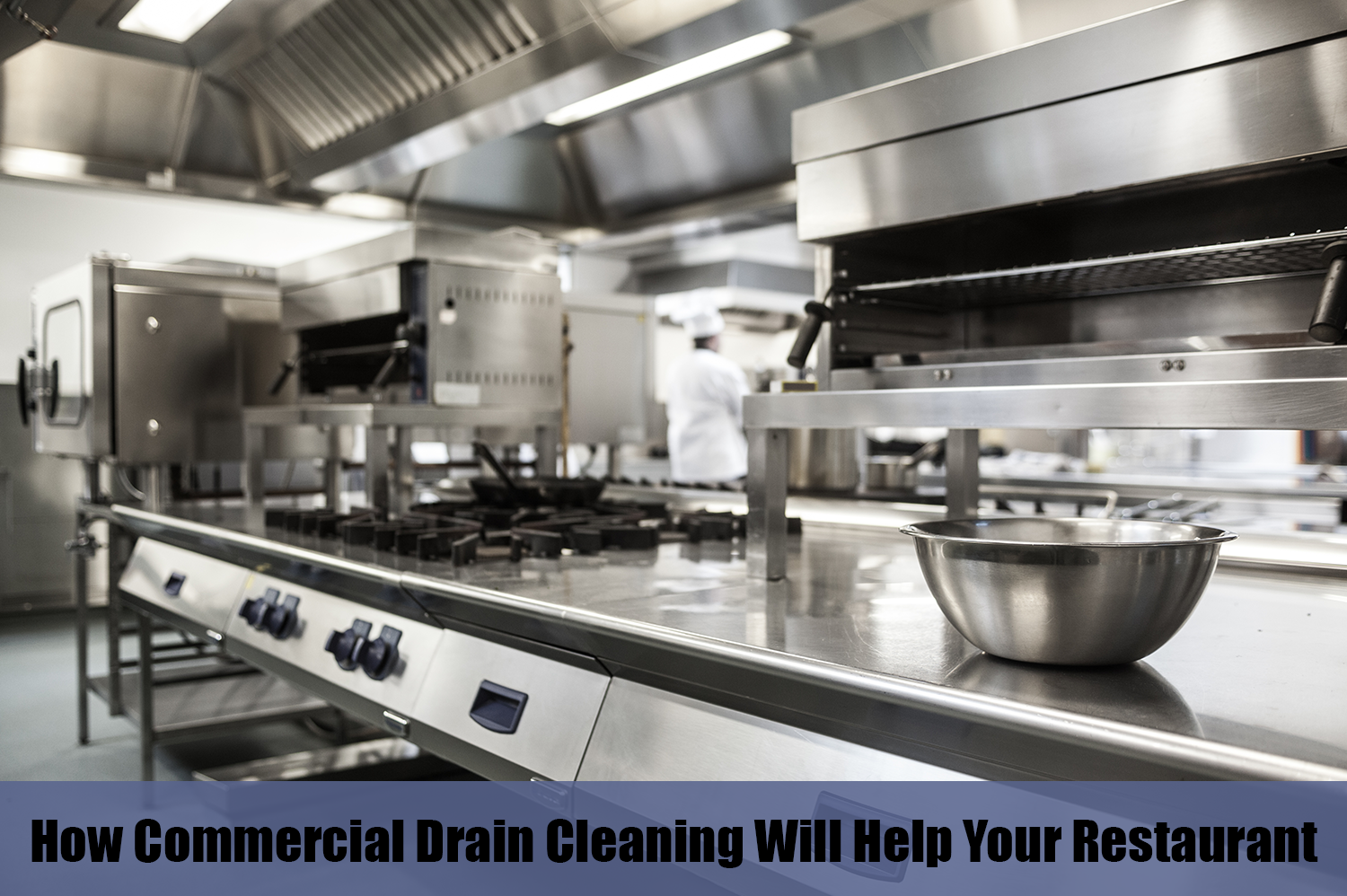
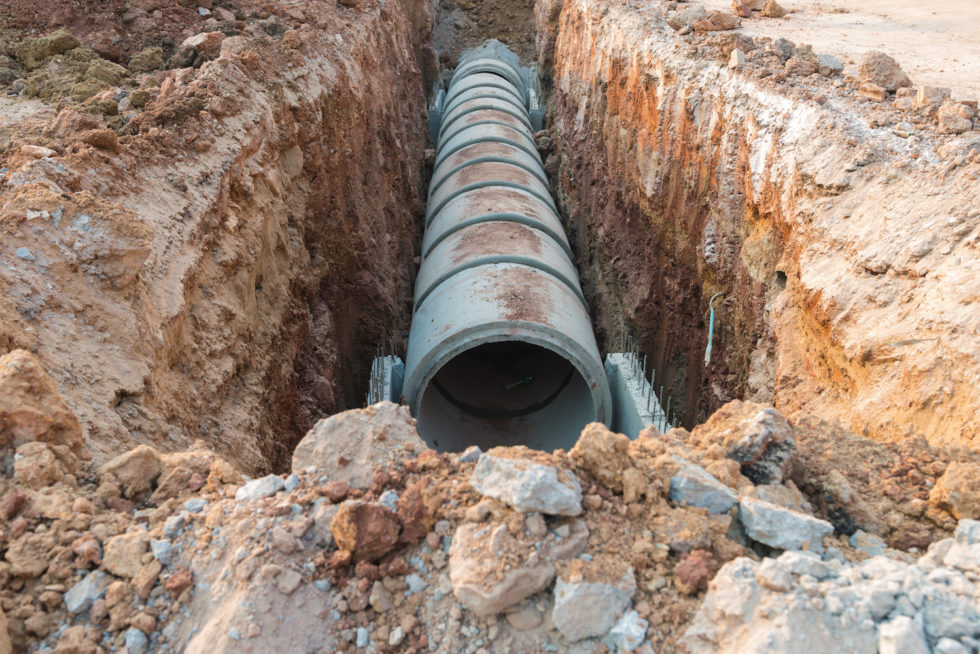


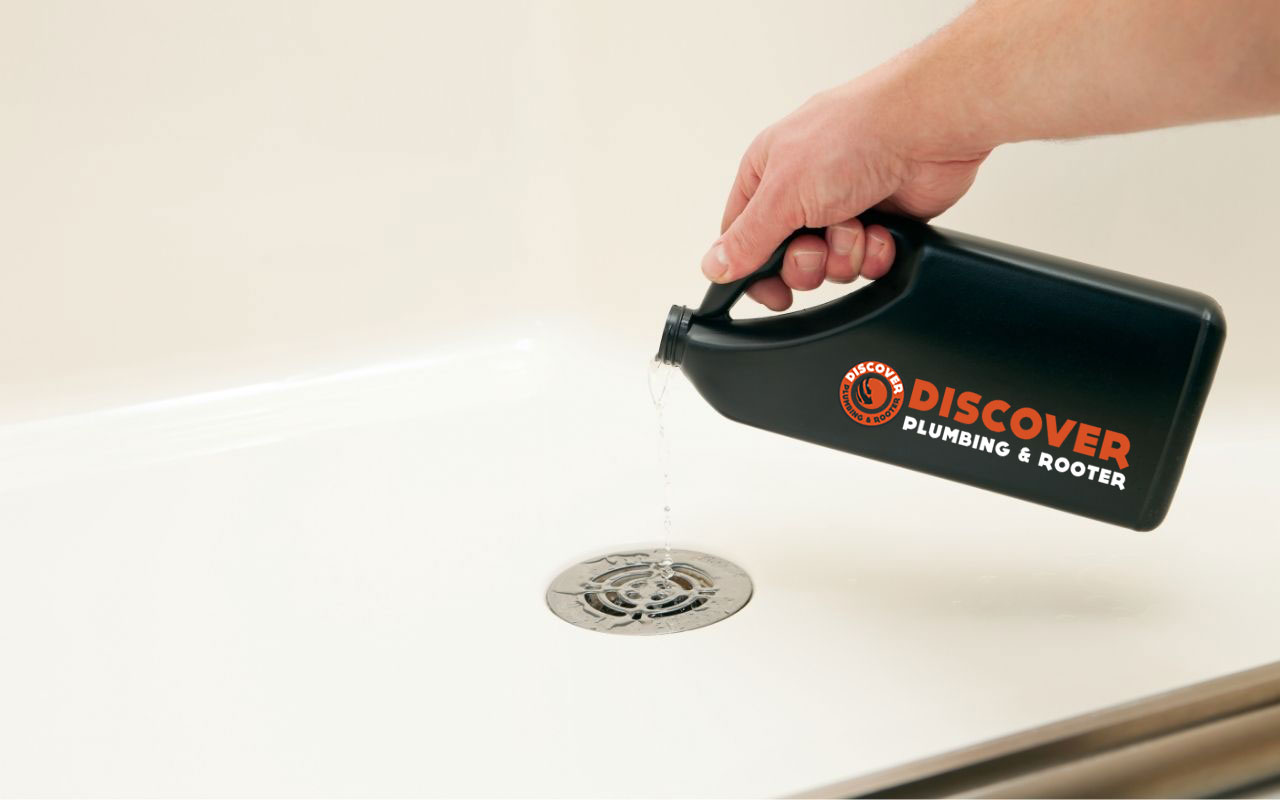
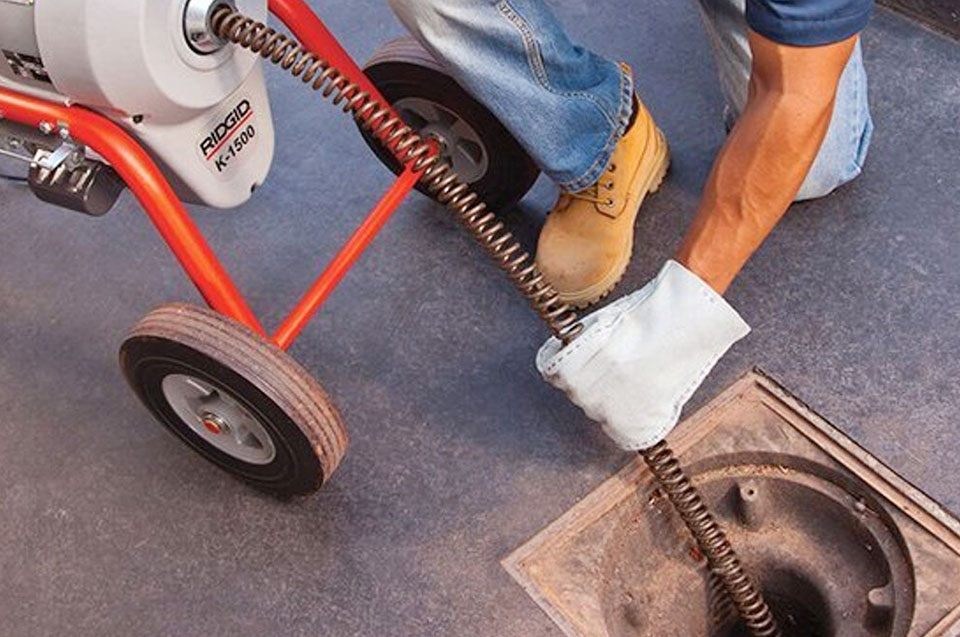


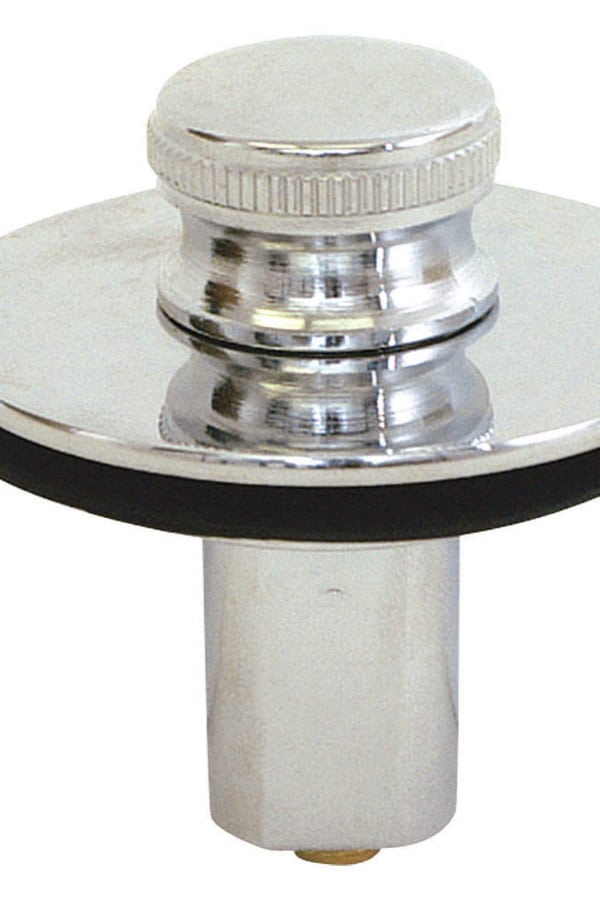


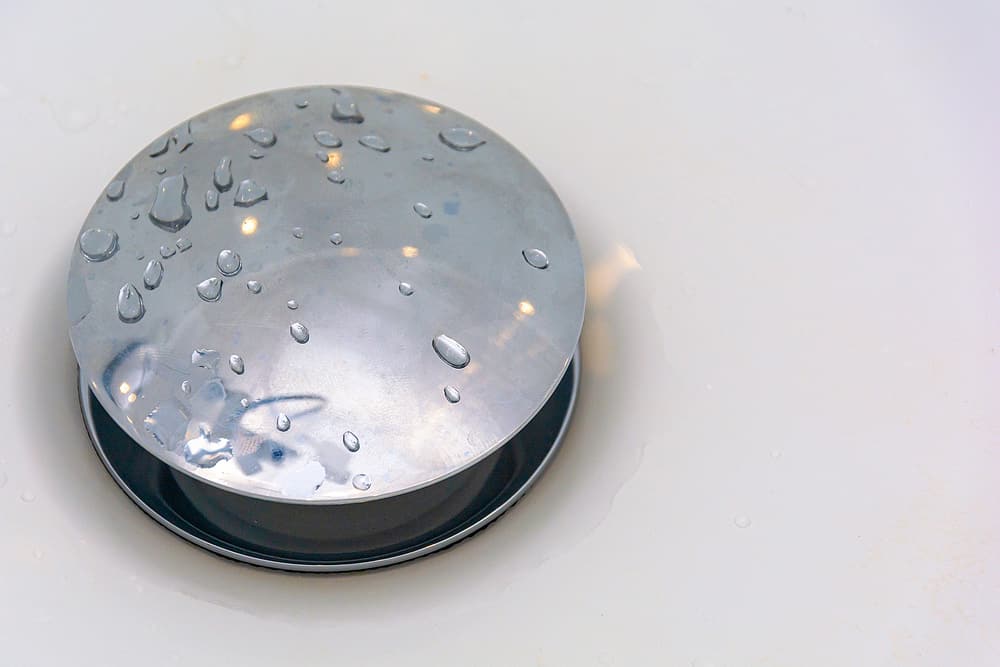
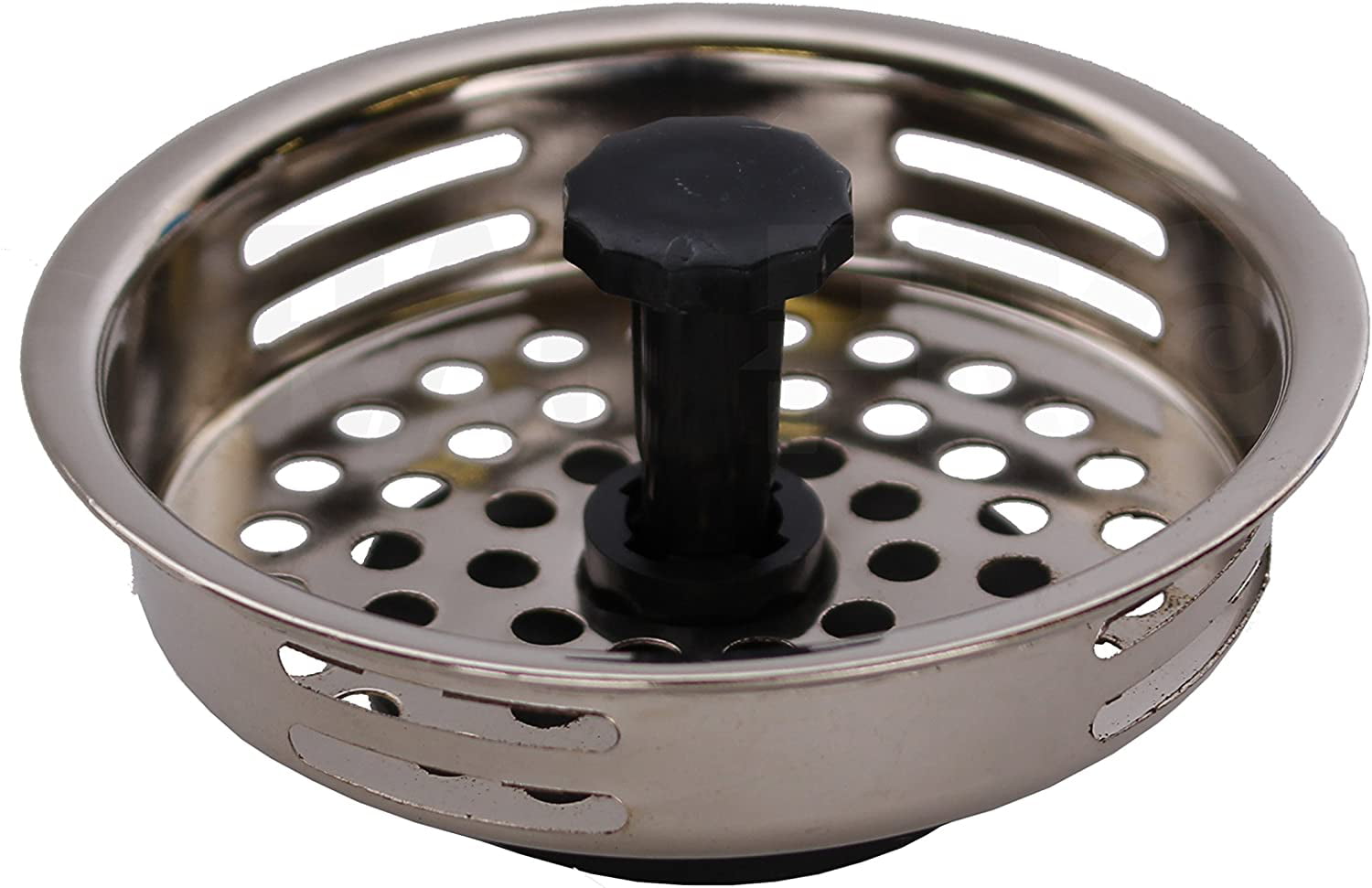


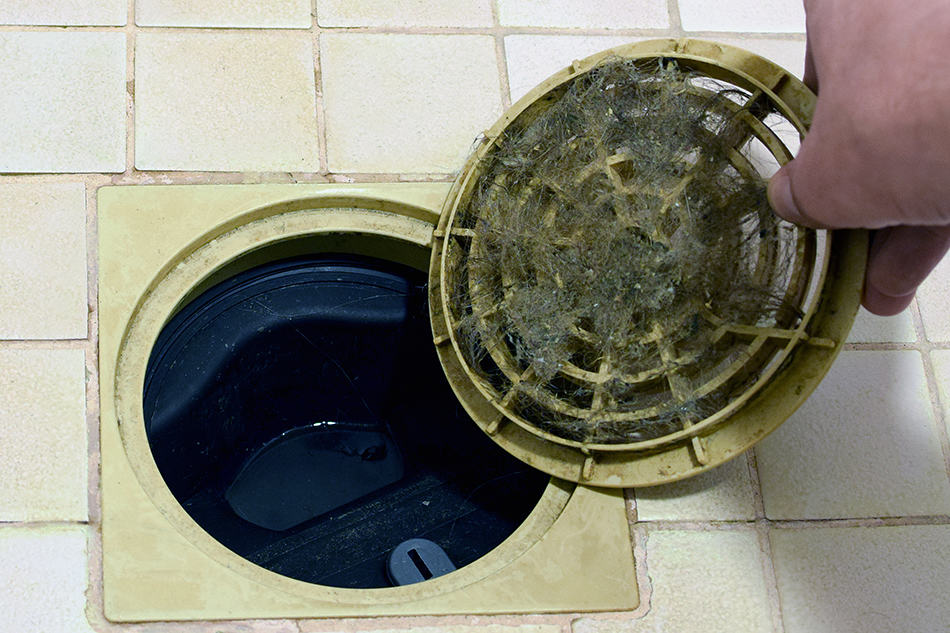

:max_bytes(150000):strip_icc()/bathtub-drain-stopper-types-2718995_FINAL-3c520aa60ba2477786c0a2b64de3834f-3f86776780154b1aad5a91124256e317.png)





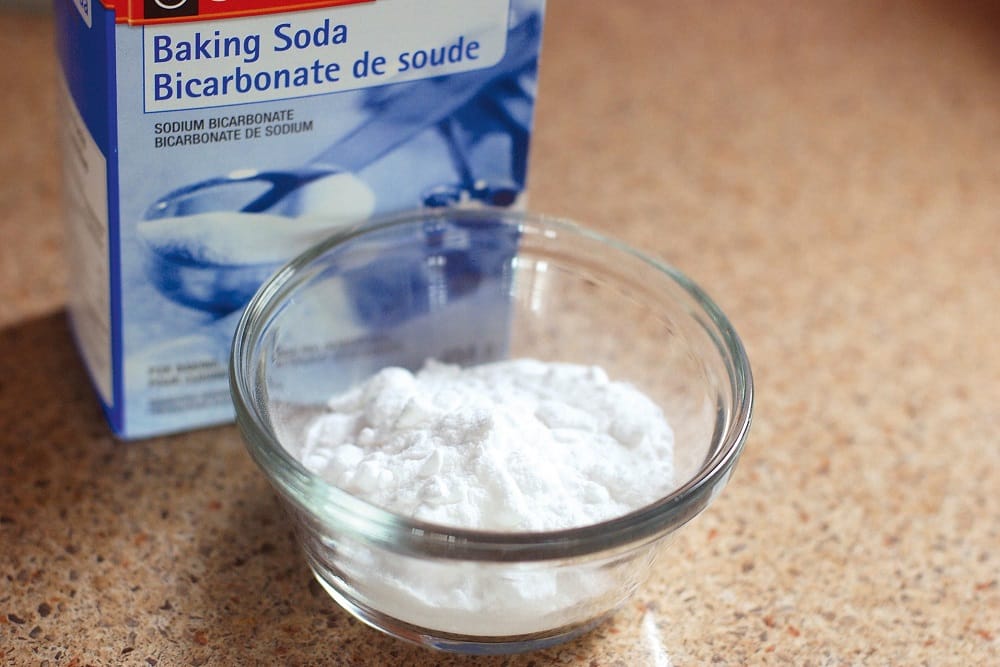






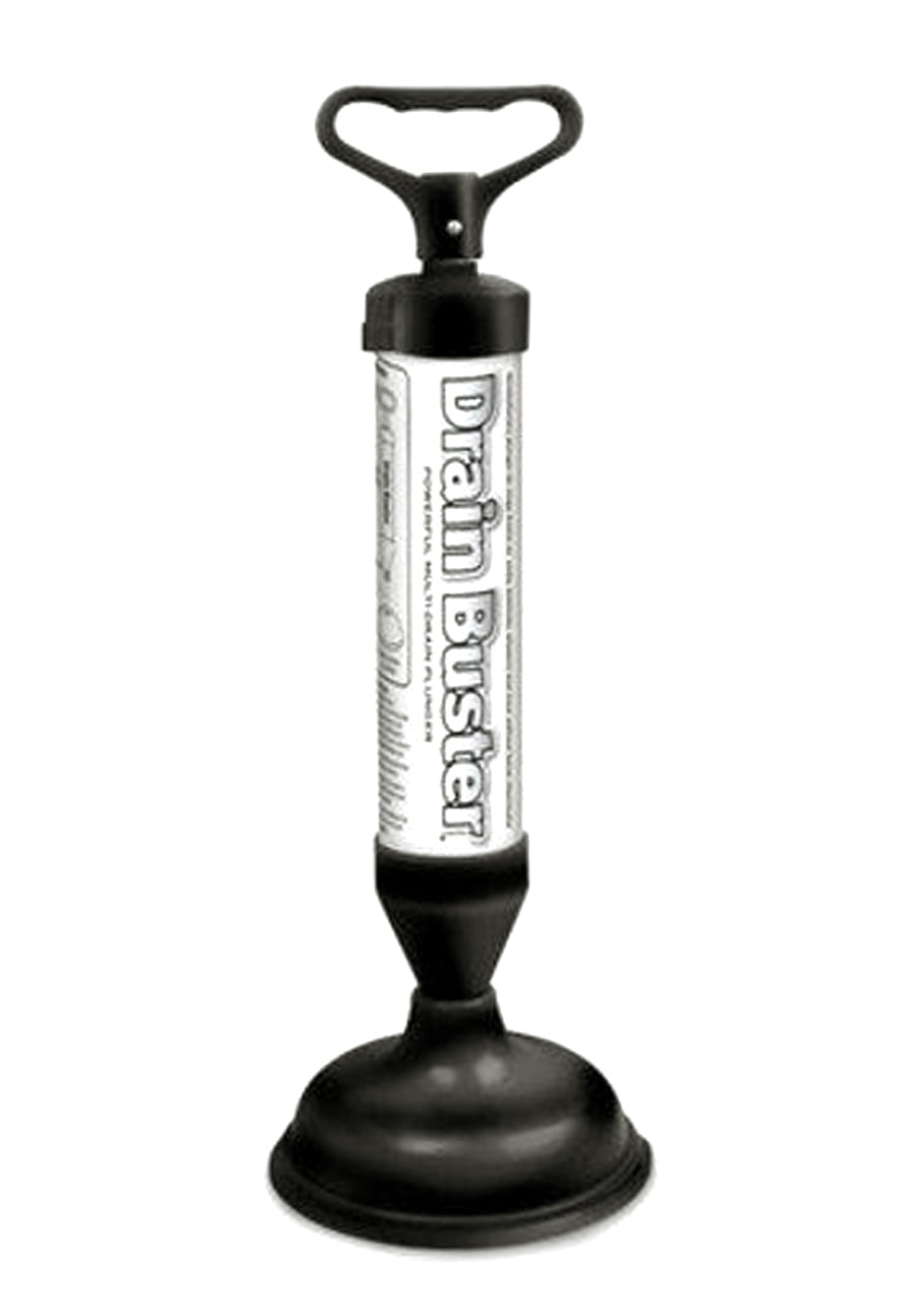




/GettyImages-173683465-58f822b83df78ca159d4543a.jpg)



